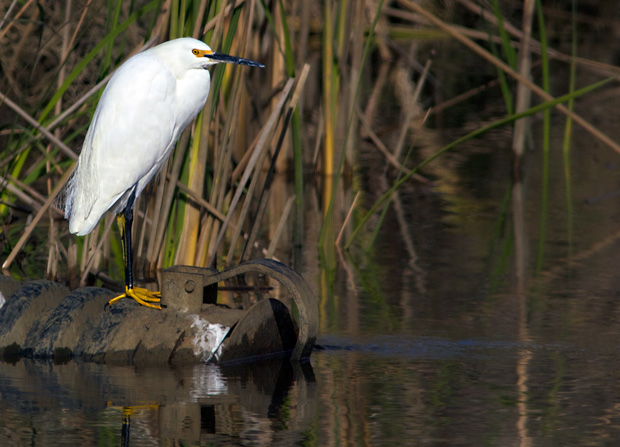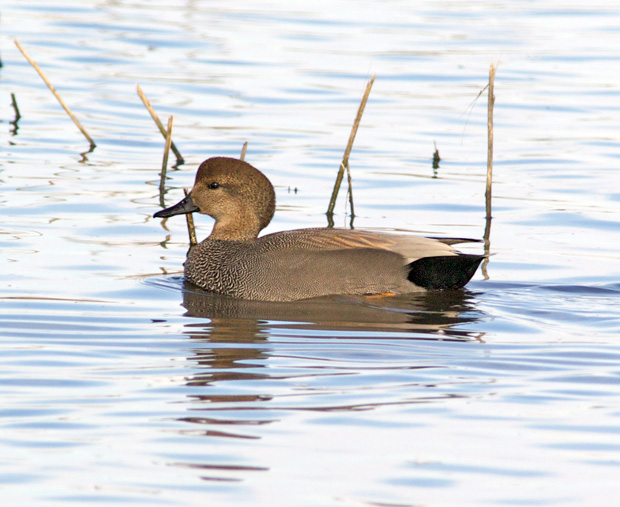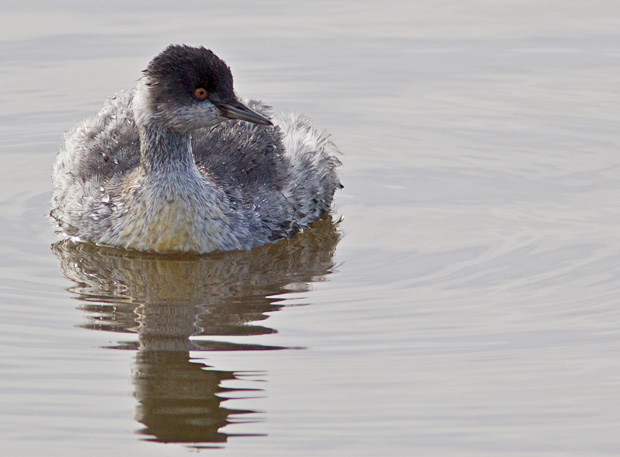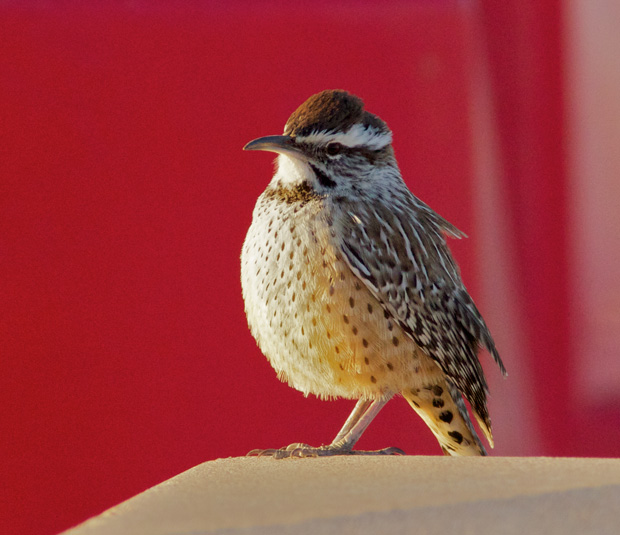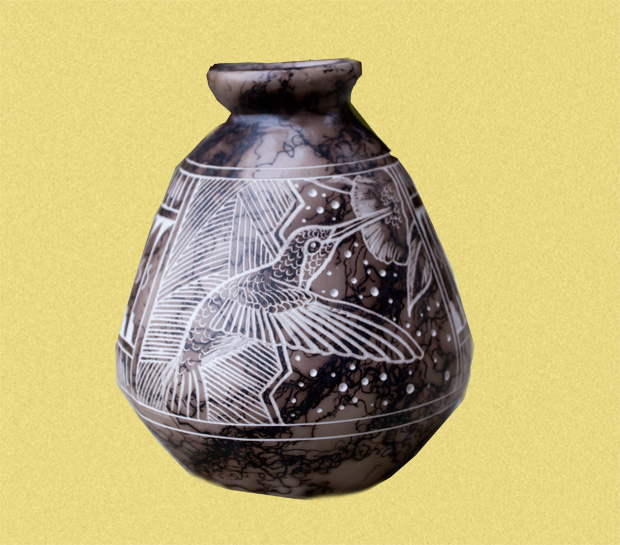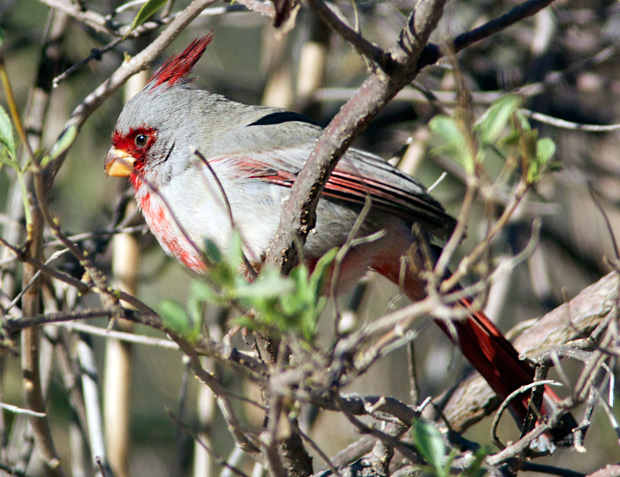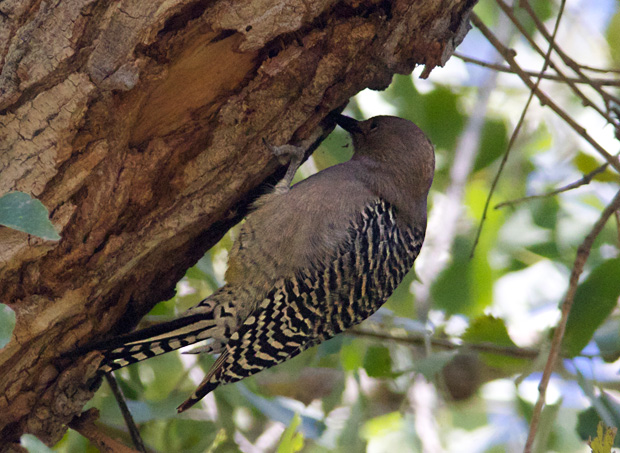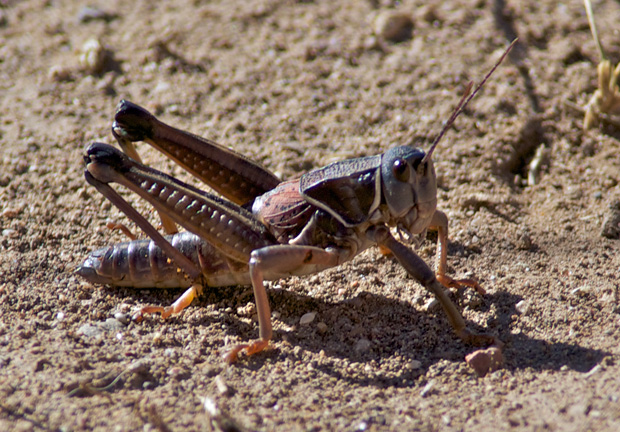I purposely avoided making definite plans on my Colorado trip. I wanted to let the road take me where it wanted to go. In retrospect, of course, I obviously had some ulterior motives for where I went. I’ve wanted to see Barstow and Fort Irwin again for a long time. After nearly 50 years, my memories of Fort Irwin are blurred, and I thought driving through the Mojave Desert might bring back memories.
If it had been the same as it was when I was there, perhaps it would’ve done so. But it didn’t take too long to realize that the area was so changed that any memories I had were long since erased. Los Angeles and Riverside are barely separated from Victorville and Barstow.
Although cactus like this
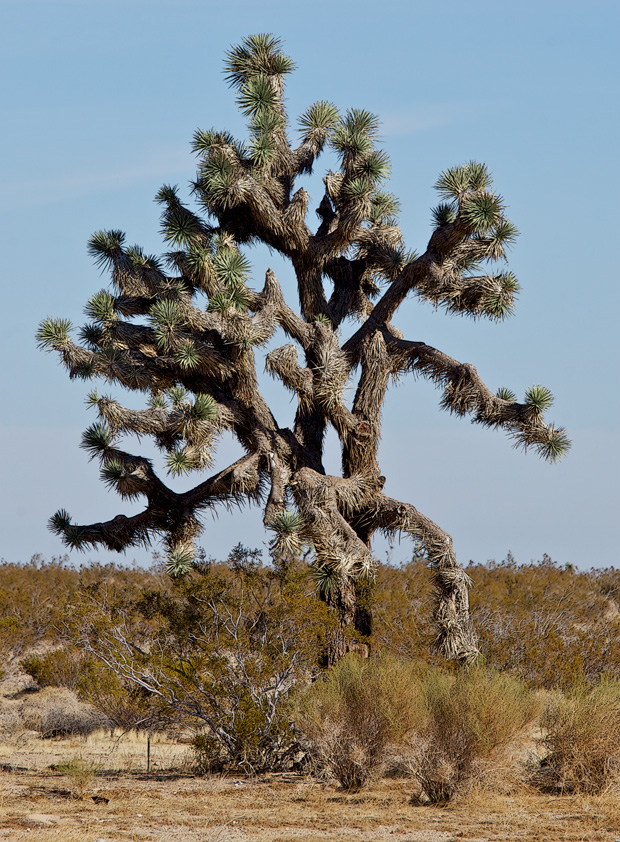
evoked memories of desert maneuvers, the sense of isolation I felt being stationed at Fort Irwin is long gone.
The passes just south of Bakersfield still hold some of the beauty that drew me to them in the 60s,
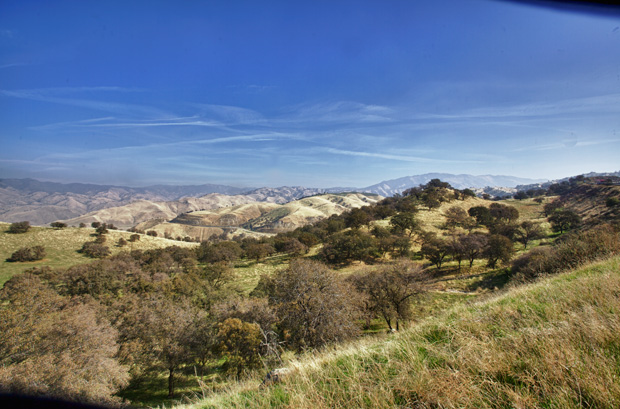
but the town itself has grown immensely and the air seems as befouled as the air was in LA in the early 60’s. I didn’t even recognize the town or the bars where I went to dance and drink the night away. I’m afraid that I didn’t rekindle any love for the area.
That is not to say I didn’t do much soul-searching on this trip. Even with the radio cranked up, hurtling through darkness for 3000 miles leaves plenty of time for thinking, and it’s hard to drive that far without finding ample evidence to question much of what you think you have learned and what you believe
.
My tour in the Army took me to many places in this country I’d never seen before. I was deeply shaken, for instance, by the poverty I saw in the deep South because that poverty was so visible. It was only after the war, working as a case worker, that I realized that poverty wasn’t too different from the poverty in my own state.
Once again, I saw that kind of grinding poverty in rural areas in New Mexico, Arizona and California on this trip, all the more obvious because of the magnificent vacation homes not too far away, at least not too far away when you’re hurdling down the road at 75 mph. It was impossible not to relate that poverty to the Occupy Wall Street movement, though I doubt conservative voters in those states would make the same connection.
It’s one thing to set out to experience the Natural Beauty of the Western states. It’s something quite different to visit those states and experience Reality.
Thank goodness for Santa Rosa, the land of endless summers, and for the beautiful flowers in Mary’s backyard.
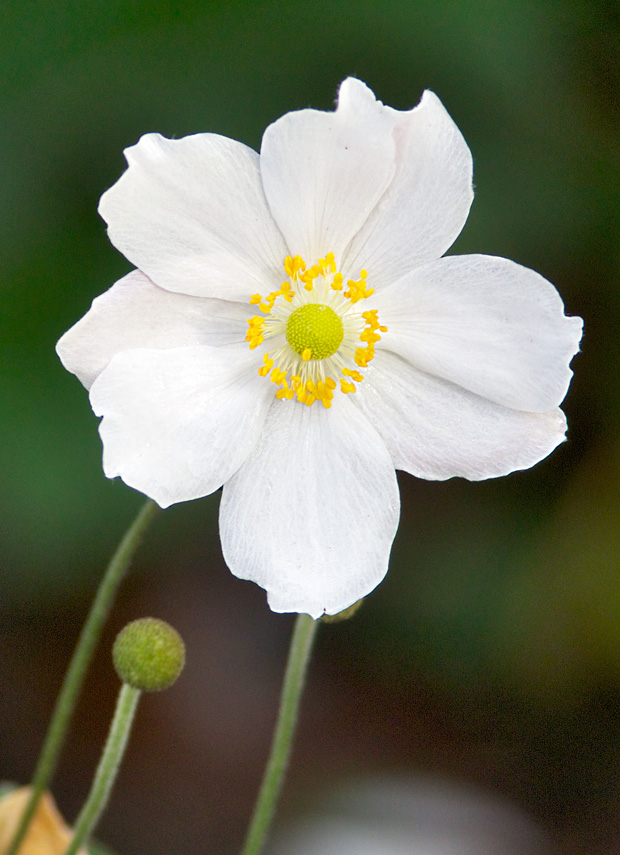
Sometimes escaping reality is as important as facing it. After a day’s rest, I was ready to set off for home with renewed energy, not realizing that the best birding of the trip was waiting just a few miles up the road.
Like this:
Like Loading...
